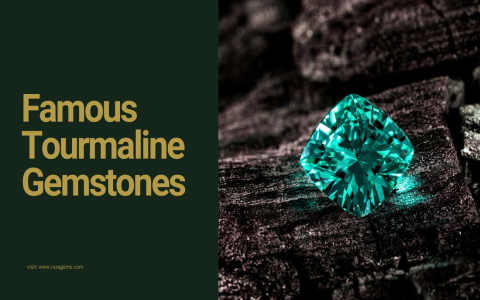Okay, so I kept seeing these stunning “Paraiba” tourmaline stones online lately – you know, that crazy electric blue or neon green color? Totally eye-catching. Prices were all over the place though. Suspiciously cheap sometimes. Got me thinking: how many fakes are actually out there? Figured it was time to get hands-on and see if I could actually spot the real deal from the phonies with simple tricks. No fancy lab gear, just basic stuff anyone could try.
The Setup
First, I rounded up my suspects. Managed to borrow a few pieces:
- A real, certified Paraiba tourmaline ring my jeweler friend trusted me with (almost dropped it twice, sweaty palms moment!).
- A pretty obvious blue synthetic something coated to look like Paraiba – bought cheap online, felt kinda plastic-y.
- A regular blue tourmaline treated with copper or heat to imitate the color – seller swore it was “natural Paraiba,” smelled fishy.
- A funky little soda-lime glass bead dyed bright turquoise – total party favor material.
Also grabbed my trusty 10x loupe, a small flashlight, and… this sounds silly, but a plain white coffee mug. Needed a neutral background.
Putting Them Under the Loupe (Literally)
Sat down with that loupe. Started with the real Paraiba. Gotta say, even zoomed in, it felt… alive? Hard to explain. Saw subtle color zoning – like waves of deeper blue and green swirled inside, never totally uniform. Looked natural. Then checked the fake coated one. Boom! Big difference. The color looked painted on, almost like it sat on the surface. Around the edges, especially under the prongs? Super thin, patchy. Like cheap nail polish peeling off. The glass bead just laughed at me – bubbles. Tiny little trapped air bubbles everywhere, obvious giveaway for glass.
Tried it with the treated blue tourmaline next. Color was strong, but way too flat. Just a single, solid blue. Not those mesmerizing shifts the real one had. Also spotted some tiny scratches on the surface? Real Paraiba is tough, seeing scratches felt wrong.
The Light Test
Dimmed the room lights. Hit each stone with my flashlight straight on. Real Paraiba? The glow was… weird. Like the color came from deep inside, almost luminous. Shifted the angle, and wow – the neon flash, especially along edges! Pure magic. That crazy electric pop everyone talks about? It’s real. Fake coated one? Light bounced off the top only. Underneath? Dull, darkish blue-green stone. Felt like it was masking something. The treated tourmaline just reflected light normally. Blue, yeah, but no inner fireworks. The glass bead? Bright but fake-bright, like a glow stick.
The Background Trick
This one felt too simple to work. Placed each stone on that plain white mug. Real Paraiba? Still vibrant, screamed “look at me!” even against white. The fake coated one? The turquoise suddenly looked kinda muddy next to pure white. Lost its punch. The treated tourmaline? Honestly, still looked nice and blue… but not the right blue. Too “royal blue,” not that unique aqua-electric tone. Glass bead? Completely washed out. Like cheap plastic.
What Hit Home
After an hour of squinting and flashlight waving, here’s the raw takeaway:
- Color is key, but it’s tricky. Fakes get bright, but it’s often thin, surface-level, or just the wrong tone (too blue, too green). Real Paraiba has that “glowing from within” thing in decent lighting, especially noticeable along facets.
- Look super close with a loupe. Coatings flake, peel, or look like spray paint on a fence. Glass has bubbles. Period.
- Cheap usually means trouble. If the deal seems too good for that intense color… it probably is.
- The white background test is surprisingly useful for exposing cheap dyes or glass.
Honestly? It’s scary how good some fakes look in photos or dim store lighting. Seeing them side-by-side with real Paraiba under my loupe? Worlds apart. Saved myself a potential headache with those cheap online buys. Still nervous handling the real one though – might give it back to my jeweler pal before my luck runs out!
